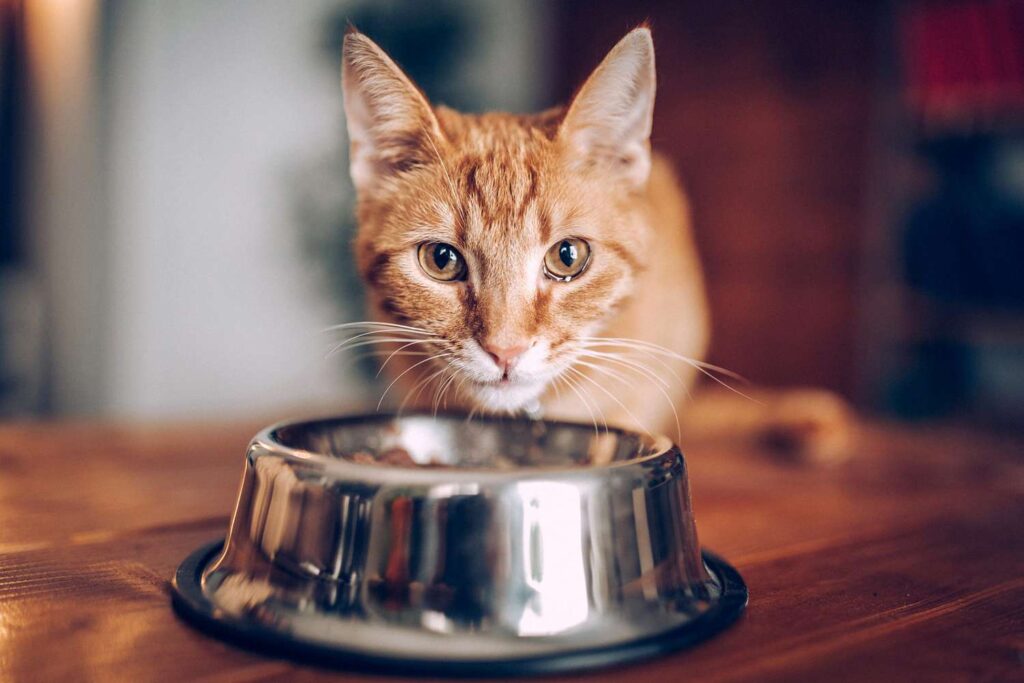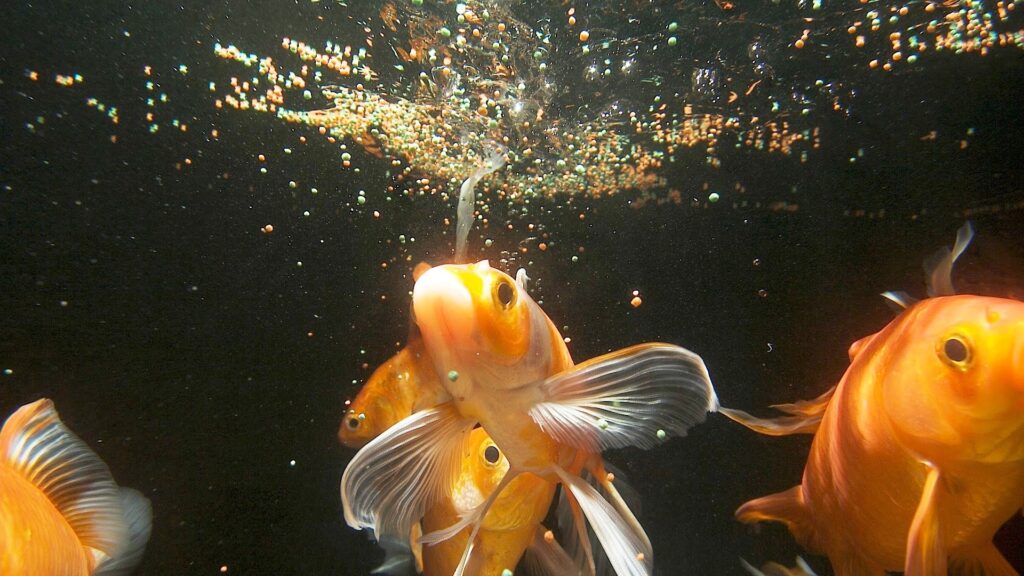Quick search
CTRL+K
Quick search
CTRL+K
Billy Morgan
Feeding your pets the right way is crucial for their health and happiness. In this guide, we’ll provide simple and effective feeding guidelines for various types of pets, including dogs, cats, birds, fish, and small mammals. Whether you’re a new pet owner or an experienced one, these tips will help you ensure your pets get the nutrition they need.



Read Also : Guide to Avoiding Puppy Scams: Smart Tips for Safe Pet Adoption
Feeding your pets the right way is key to their health and happiness. By understanding their specific nutritional needs and following these feeding guidelines, you can ensure your pets live long, healthy lives. Remember to always consult your vet for personalized advice and adjustments to your pet’s diet. With proper care and nutrition, your pets will thrive and bring joy to your home.
© All rights reserved. Made in Canada